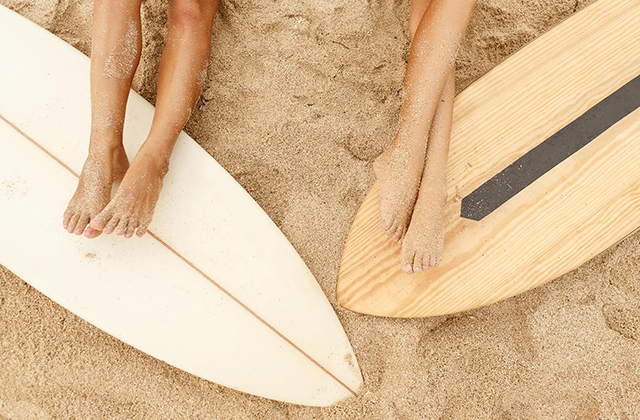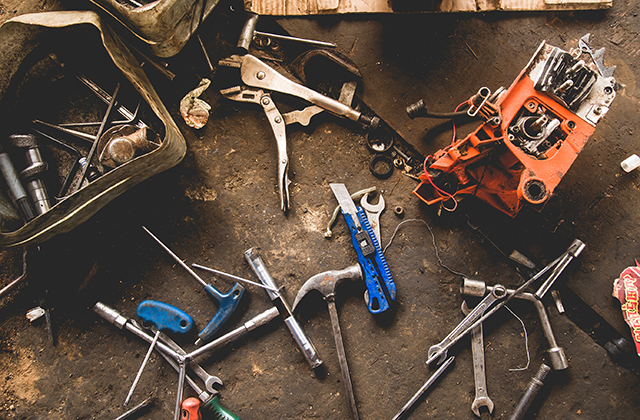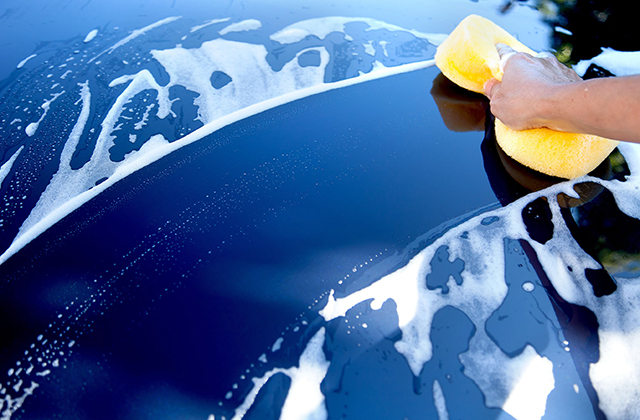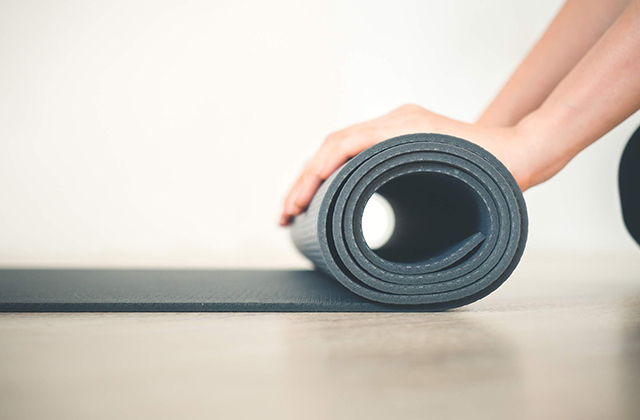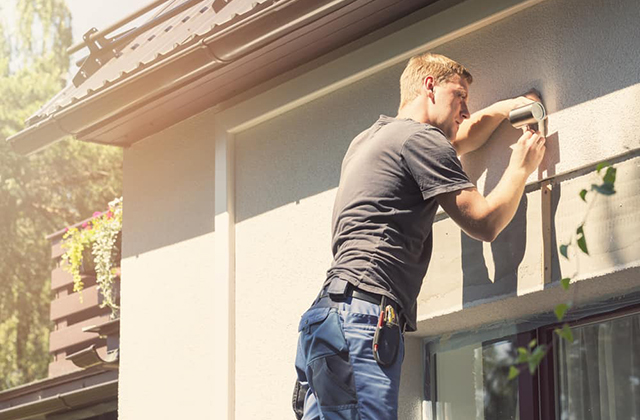Do you live in California and want to surf? Or maybe you are just visiting the golden state’s coast and want to give those renowned waves a ride. It always looks so exciting when you watch surfers on the shore or on TV. You always hear them say things like “that wave was amazing” or “WOW, that was incredible.” Southern California offers some of the best surfing in the U.S. and trying it out at least once is a must. It’s as simple as finding someone who is willing to teach you some preliminary techniques and show you the tips and tricks of surfing app.
What exactly is there to learn? Safety, surf etiquette, positioning yourself for the perfect ride, and getting acquainted with your surfboard. Then the techniques: how to paddle, getting into the lineup, how to get up on your board, how to ride a wave, duck-diving, plus so much more. It takes time to master the sport of surfing, but with the right instruction it can be easier than you think.
The Internet is also a great place to find tips and tricks no matter if you are a beginner or expert. Try searching for “How to Paddle Your Surfboard” or “How to Duck Dive.” You will be amazed at how much instruction, with text, images, and video, you can find online. Same goes for finding your gear; the Internet can save you money and also let you compare the different available equipment.
What do I need to have? Do I need to buy a surfboard?
Most surfing lessons and surfing instructors can provide you with training surfboards, but when you decide to get serious, definitely buy yourself a nice one. Also, wetsuits are often provided with your sessions, but you can always have your own. Things you will definitely need to bring are a bathing suit, sun block, a towel, and water (it is easy to get dehydrated in the sun).
Where Should I Go?
There are so many great places to surf in southern California. Laguna Beach Surfing has been known to have some of the most consistent waves in Orange County. San Diego surfing, around Encinitas and La Jolla is also incredible. Best of all, there are definitely places to find instructors and lessons at a great price.
What are the common terms used in Surfing?
One of the aspects of getting involved in a new sport or hobby is learning the lingo.
Take a look at some of the common terms used in surfing as found directly on the Wikipedia.org (Surfing) website:
* Regular/Natural foot – Right foot on back of board
* Goofy foot – Left foot on back of board
* Take off – the start of a ride
* Drop in – dropping into (engaging) the wave, most often as part of standing up
* Drop in on, cut off, or “burn” – taking off on a wave in front of someone closer to the peak (considered inappropriate)
* Duck dive – pushing the board underwater, nose first, and diving through an oncoming wave instead of riding it
* Snaking/Back-Paddling – paddling around someone to get into the best position for a wave (in essence, stealing it)
* Bottom turn – the first turn at the bottom of the wave
* Shoulder – the unbroken part of the wave
* Cutback – a turn cutting back toward the breaking part of the wave
* Fade – on take off, aiming toward the breaking part of the wave, before turning sharply and surfing in the direction the wave is breaking towards
* Over the falls – When a surfer falls and the wave carries him in a circular motion with the lip of the wave, also referred to as the “wash cycle”, being “pitched over” and being “sucked over” because the wave sucks you off of the bottom of the reef and sucks you “over the falls.”
* Pump – an up/down carving movement that generates speed along a wave
* Stall – slowing down from weight on the tail of the board or a hand in the water
* Floater – riding up on the top of the breaking part of the wave
* Hang-five/hang-ten – putting five or ten toes respectively over the nose of a longboard
* Hang Heels – Facing backwards and putting the surfers’ heels over the edge of a longboard.
* Re-entry – hitting the lip vertically and re-entering the wave in quick succession.
* Switch-foot – having equal ability to surf regular foot or goofy foot — like being ambidextrous
* Tube riding/Getting barreled – riding inside the curl of a wave
* Carve – turns (often accentuated)
* Pearl- A nose-dive.
* Off the Top – a turn on the top of a wave, either sharp or carving
* Snap – a quick, sharp turn off the top of a wave
* Fins-free snap (or “fins out”) – a sharp turn where the fins slide off the top of the wave
* Air/Aerial – riding the board briefly into the air above the wave, landing back upon the wave, and continuing to ride.
* Grom/Grommet-kid boarder (usually under 15)
For more information on Surfing in Southern California, please visit the Kijubi website at http://www.Kijubi.com. You can also check out the Kijubi.com Activities Blog.
Article Source: http://EzineArticles.com/expert/Kilay_Reinfeld/167080
Article Source: http://EzineArticles.com/946401
